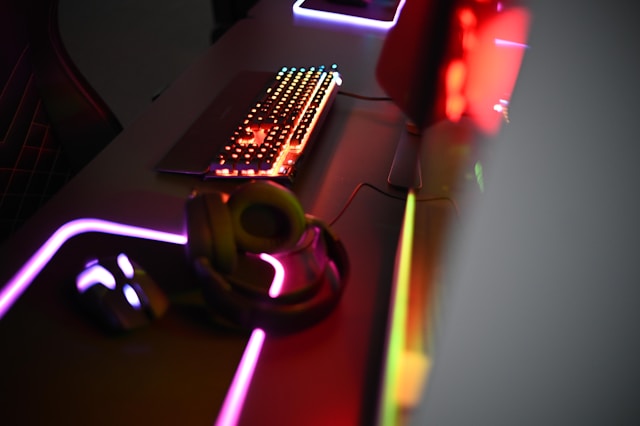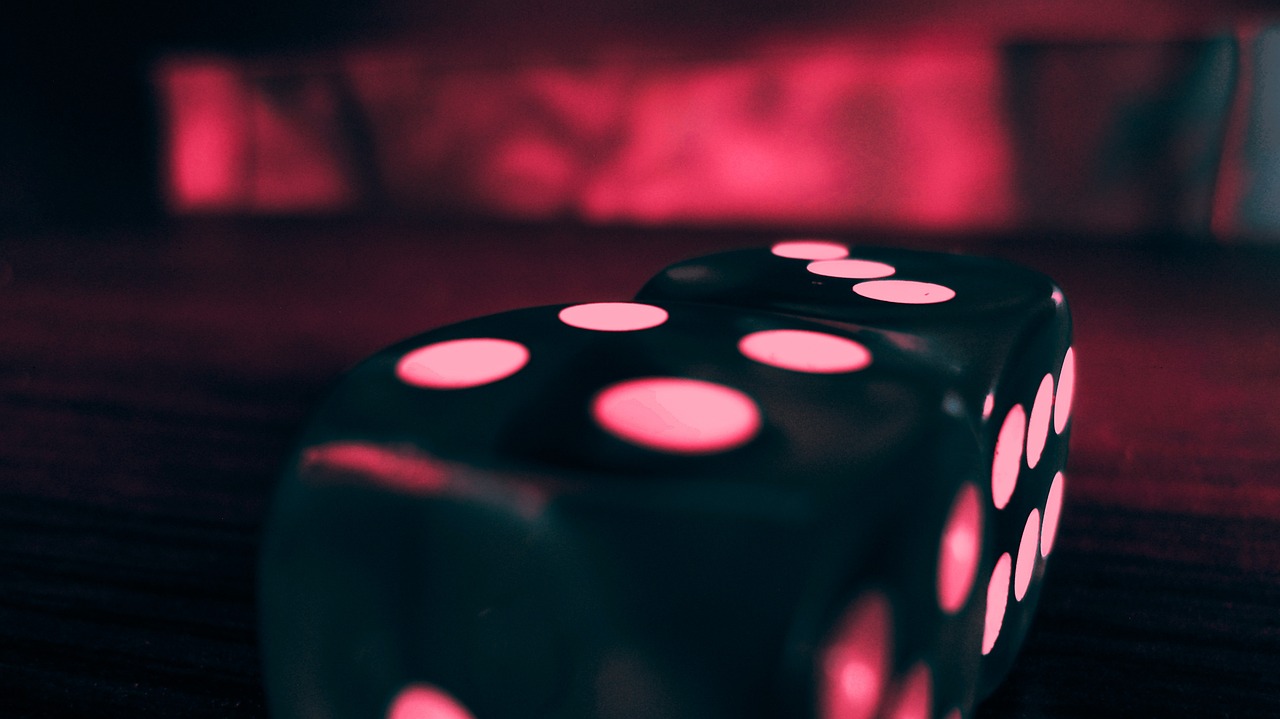Stepping into a VR casino replaces flat menus with a place that feels designed to be walked, not clicked. Your headset drops you in a lobby where sound, sightlines, and signage steer attention toward featured tables, tournaments, and social hubs. Instead of scrolling carousels, you follow illuminated floor paths, room-scale posters, and spatial audio that grows louder near active pits. Tutorials appear as holographic panels you can grab and rotate, while accessibility presets—seated mode, captioning, controller hints—sit on a floating wrist menu so you can tune comfort before play. Friends lists and club invites occupy a side dock; a quick glance shows who’s at which room and whether private seats are open. The goal is clarity without clutter: you should know where to go next and how to get there in two motions or fewer, with exits and safety tools always within reach.
Finding a Table: Presence, Filters, and Fit
Table selection begins with intent. A glance-based filter lets you sort by game (blackjack, roulette, baccarat), limits, volatility, and table pace. Live occupancy bubbles hover above each room; hover longer and you see dealer rotation, shoe penetration or wheel history, and average hands per hour. Presence cues matter here: spatial previews simulate noise level, so you can avoid a rowdy pit if you want focus. Seat maps show angle to the dealer, reach distance for chips, and comfort ratings submitted by players with similar setups. If you’re joining friends, proximity beacons guide you to the exact table with a subtle line only you can see. When you confirm, a brief vignette masks the teleport while loading your presets—dominant hand, table height, chip layout—so you arrive ready, not fiddling.
At the Felt: Controls, Feedback, and Focus

Good VR tables make actions feel physical without turning them into chores. Chips live where your wrist expects; a short pinch picks them up, a gentle flick places a bet in the ring, and haptic ticks confirm denominations. Core moves—hit, stand, double—have both gesture options and on-table buttons, with redundant confirmations to prevent misclicks under pressure. Tooltips whisper rather than shout: if you deviate from basic strategy, the HUD offers a quiet “Are you sure?” you can disable in settings. Spatial audio separates dealer voice from table chatter and mutes distant rooms, while a focus toggle dims background animation for clutch moments. Responsible-play cues are built into the loop: soft timers at the shoe cut, hydration nudges during shuffles, and a just-in-time snapshot of session spend when you cross self-set checkpoints. You control the pace; the table respects it.
Social Layer: Safety, Etiquette, and Events
VR casinos thrive on company, but the best ones keep agency first. One-tap mute, block, and seat privacy let you curate your soundstage instantly. Proximity chat fades on approach and vanishes when you swivel away, mirroring real conversation boundaries. Etiquette overlays teach newcomer basics—when to act, how to stack chips, what “insurance” means—so veterans aren’t forced into coaching roles. Clubs and scheduled nights turn sessions into events: cooperative quests for clean play streaks, themed dealer sets, or mini-tournaments with spectator balconies. Moderation mixes AI flagging for harassment with human escalation, and a visible code of conduct sits one gesture away. The social layer should elevate play, not pressure wagers; when in doubt, solo or friends-only tables are two clicks from anywhere, preserving focus without leaving the venue.
Cashier Flow: Payments, Limits, and Proof

The cashier sits off the floor to reduce impulse deposits but remains easy to reach. Your wallet panel shows available balances by currency, pending bonuses with plain-language rules, and a clear ledger of wins, fees, and withdrawals. Deposits use tokenized rails or approved payment gateways; a progress bar explains each step, and failures give actionable reasons instead of generic errors. Limits travel with you: daily and monthly caps, cool-offs, and self-exclusion live at the top of the cashier, not in a buried submenu, and they apply before promo prompts. Withdrawals preview timelines by method and lock the request to your verified devices, confirming with a biometric check. A session receipt closes the loop when you leave—duration, net result, table mix, and reminders of remaining limits—so the last thing you see is clarity, not another nudge to re-enter.
